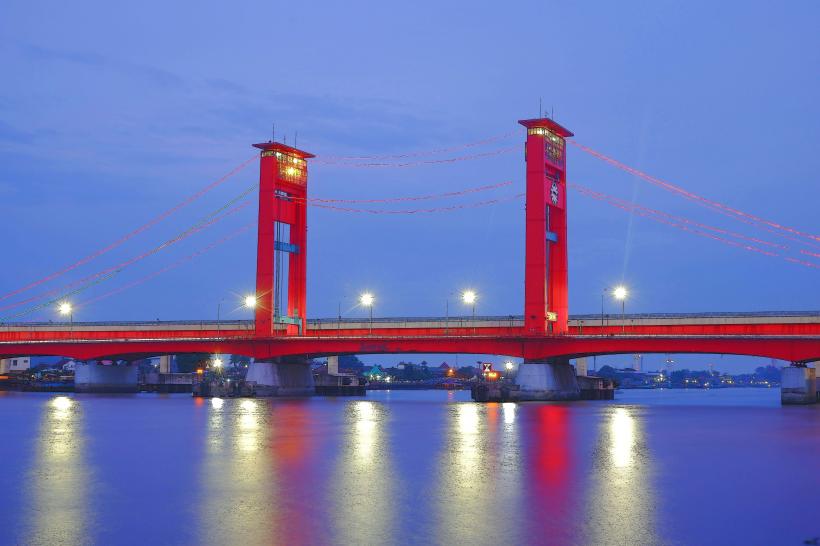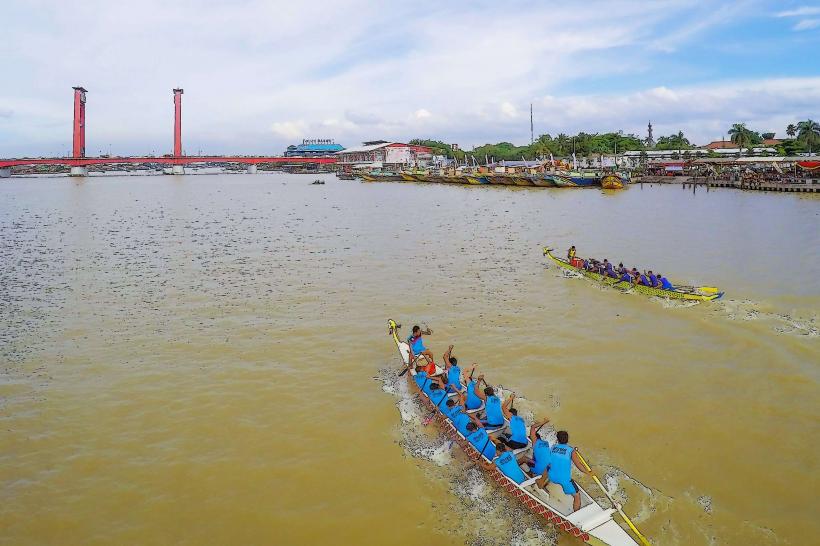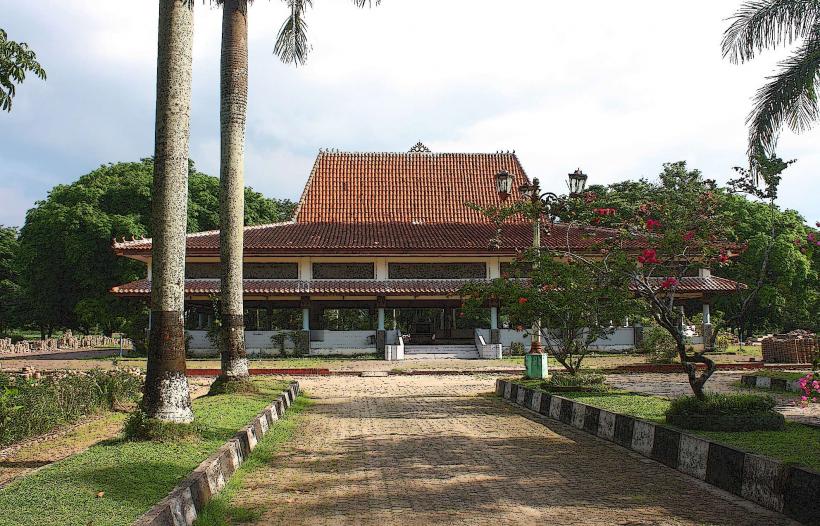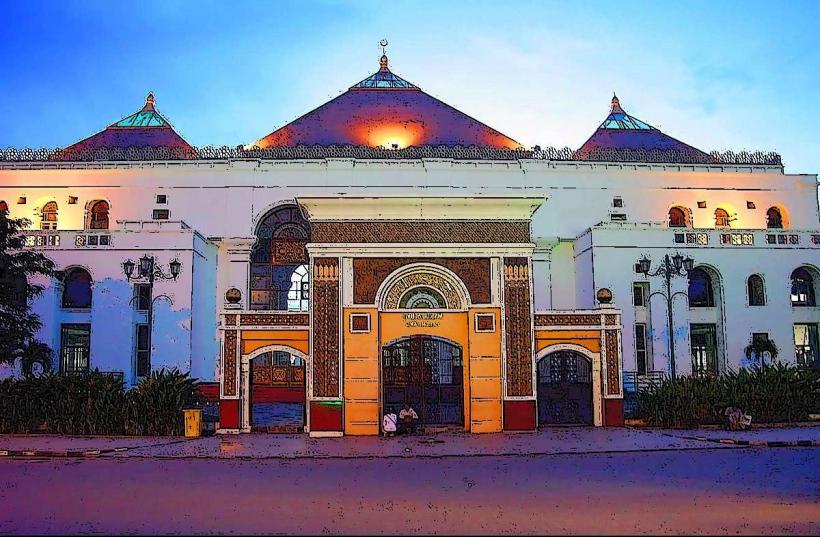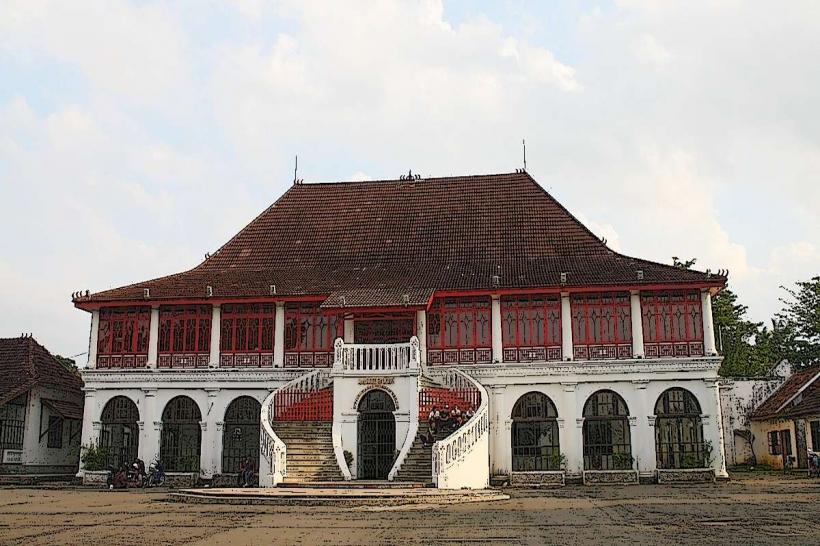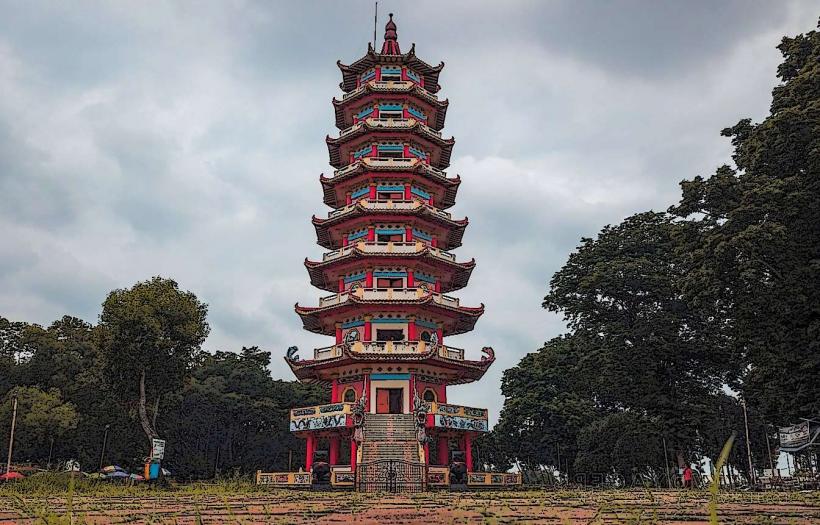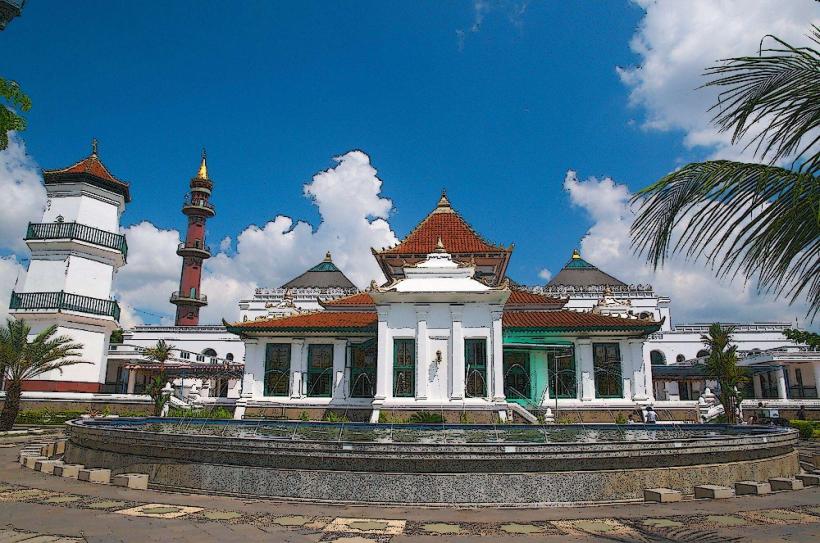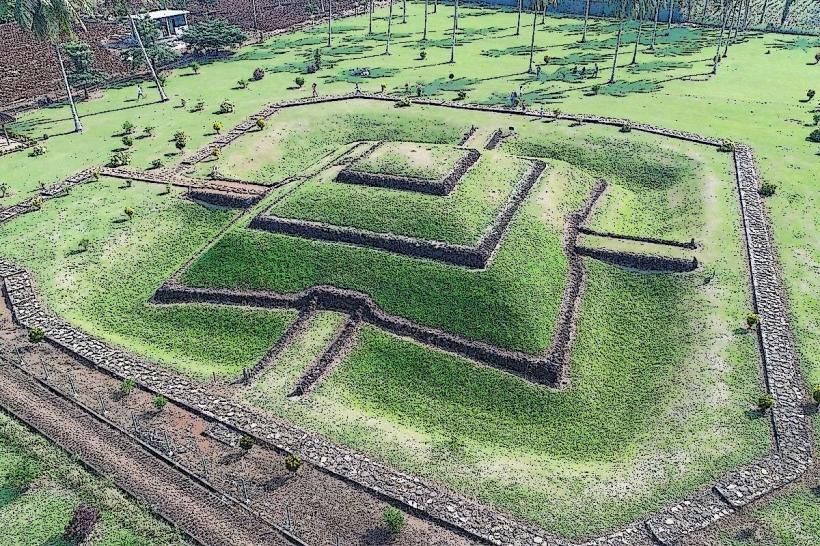Information
Landmark: Sembilang National ParkCity: Palembang
Country: Indonesia
Continent: Asia
Sembilang National Park
Sembilang National Park is a vast, biodiverse wetland area located in South Sumatra, Indonesia. Renowned for its mangrove forests, peat swamps, freshwater marshes, and coastal ecosystems, the park is an internationally recognized conservation site and a paradise for birdwatchers and nature enthusiasts. It is also part of the Sumatra Coastal Forests Ecoregion and has been designated a Ramsar Site for its significance as a wetland of international importance.
Key Highlights of Sembilang National Park
1. Location and Accessibility
- Location:
- Situated in the Banyuasin Regency, South Sumatra, the park covers an area of approximately 2,051 square kilometers.
- It lies along the eastern coastline of Sumatra, bordering the Bangka Strait.
- Access:
- The main access point is from Palembang, the capital of South Sumatra. From Palembang, visitors can travel by boat (approximately 2-3 hours) via the Musi River or by land and river routes combined.
2. Unique Ecosystems
- The park features diverse ecosystems, including:
- Mangrove Forests: Among the most extensive in Sumatra, crucial for protecting coastal areas and supporting marine life.
- Peat Swamps and Freshwater Marshes: Important for carbon storage and biodiversity.
- Mudflats and Coastal Waters: Ideal habitats for migratory birds, fish, and other marine life.
- Tropical Rainforest Fragments: Providing habitat for various terrestrial wildlife.
3. Biodiversity
Sembilang National Park is known for its incredible biodiversity, with numerous species of flora and fauna, many of which are rare or endangered.
a. Fauna
- Birdlife:
- The park is a key stopover for migratory birds traveling along the East Asian-Australasian Flyway.
- Over 213 bird species have been recorded, including:
- Milky stork (Mycteria cinerea) – a critically endangered species.
- Black-headed ibis (Threskiornis melanocephalus).
- Various species of herons, egrets, and plovers.
- Peak birdwatching season occurs between October and March, when thousands of migratory birds visit the area.
- Mammals:
- The park is home to Sumatran tigers (Panthera tigris sumatrae), clouded leopards, otters, and proboscis monkeys.
- Marine Life:
- Rich in fish species, including rare and commercially valuable varieties like giant catfish and sharks.
- Reptiles:
- The park hosts crocodiles, pythons, and monitor lizards.
b. Flora
- Dominated by mangroves and peatland vegetation:
- Rhizophora and Avicennia mangroves.
- Rare peatland plant species, including orchids and ferns.
4. Activities and Attractions
a. Birdwatching
- A primary draw for visitors, especially during the migration season.
- Key birdwatching spots include the mudflats and mangrove areas.
b. Boat Tours
- Explore the mangrove-lined rivers and coastal areas by boat, providing an up-close view of the park's ecosystems and wildlife.
c. Nature Photography
- The park’s stunning landscapes, unique wildlife, and migratory bird flocks make it a favorite among photographers.
d. Fishing
- Local communities engage in sustainable fishing practices, and visitors can experience traditional fishing techniques.
e. Ecotourism and Education
- The park offers opportunities for learning about conservation, mangrove ecology, and sustainable living practices.
5. Conservation Significance
- Ramsar Site:
- Recognized as a wetland of international importance, Sembilang plays a vital role in global biodiversity conservation.
- Carbon Sequestration:
- The park’s peatlands are critical for storing carbon and mitigating climate change.
- Species Protection:
- Conservation efforts aim to protect endangered species, including the milky stork and Sumatran tiger.
6. Challenges and Conservation Efforts
- Threats:
- Illegal logging, poaching, and land conversion for agriculture pose challenges to the park’s ecosystems.
- Initiatives:
- The Indonesian government and international organizations collaborate on reforestation, anti-poaching patrols, and community education.
7. Visitor Information
- Best Time to Visit:
- Dry Season (May to September): Ideal for boat tours and exploring mangroves.
- Bird Migration Season (October to March): Best for birdwatching.
- Permits:
- Visitors may need to obtain permits from the park office or local authorities.
- Guided Tours:
- Hiring local guides is recommended for safety and to enhance the experience.
8. Nearby Attractions
- Musi River: Explore South Sumatra’s largest river and its cultural significance.
- Palembang City: Visit landmarks like the Ampera Bridge, Kemaro Island, and the Sriwijaya Kingdom Museum.
9. Practical Tips
- What to Bring:
- Binoculars for birdwatching, insect repellent, sunscreen, a hat, and sturdy footwear.
- Respect Nature:
- Avoid littering, stay on designated paths, and minimize disturbances to wildlife.
- Local Cuisine:
- Sample traditional South Sumatran dishes like pempek (fish cakes) during your trip.
10. Conclusion
Sembilang National Park is a treasure trove of biodiversity and a serene destination for eco-tourism. With its unique ecosystems, rich wildlife, and cultural significance, the park offers visitors a chance to connect with nature while supporting conservation efforts. Whether you’re a birdwatcher, photographer, or simply a lover of the outdoors, Sembilang is an unforgettable experience in the heart of South Sumatra.

